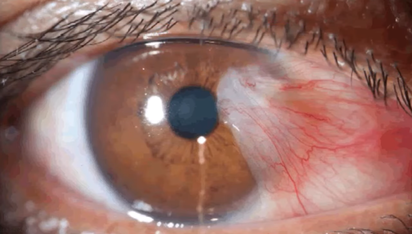 A pterygium, also known as "surfer's eye," is a non-cancerous growth of tissue on the conjunctiva of the eye. The conjunctiva is the clear tissue that covers the white part of the eye and the inner surface of the eyelids. Pterygia often appear as a fleshy, triangular-shaped growth on the eye, and can cause a variety of symptoms including redness, irritation, and blurred vision. Pterygia are most commonly caused by prolonged exposure to ultraviolet (UV) radiation from the sun. This is why they are often referred to as "surfer's eye," as people who spend a lot of time in the sun and on the water, such as surfers, are at a higher risk of developing them. Other risk factors include dry eyes, exposure to wind and dust, and genetics. To prevent pterygia, it is important to protect your eyes from UV radiation. This can be done by wearing sunglasses or a wide-brimmed hat when spending time outdoors, especially in bright sunlight. It's also important to protect your eyes from wind and dust by wearing safety goggles or glasses. If you have a dry eye, it's important to take steps to keep your eyes lubricated. This can be done by using artificial tears, or by taking omega-3 supplements. If a pterygium is causing symptoms, there are several treatment options available. The most common treatment is to use eye drops or ointments to reduce inflammation and redness. If the pterygium is causing significant symptoms or is affecting vision, surgery may be recommended. Surgery involves removing the pterygium and repairing the area with a patch of conjunctiva from another part of the eye or a piece of synthetic tissue. It's important to note that even after surgery, the pterygium can recur, so it's important to continue to protect your eyes from UV radiation and other irritants. In conclusion, a pterygium is a non-cancerous growth of tissue on the conjunctiva of the eye, caused by prolonged exposure to UV radiation, wind and dust, dry eyes and genetics. To prevent pterygium, it's important to protect your eyes from UV radiation and other irritants. If a pterygium is causing symptoms, treatment options include eye drops, ointments and surgery. Even after the surgery, it's important to continue to protect your eyes from UV radiation and other irritants to prevent recurrence.
0 Comments
Cataract surgery is one of the most common and successful procedures performed worldwide, with the goal of restoring vision in patients with cloudy lenses. In recent years, laser-assisted cataract surgery has gained popularity as a new and advanced method for treating cataracts. However, several studies have shown that there is no significant benefit to this method compared to traditional cataract surgery.
One study, published in the Journal of Cataract and Refractive Surgery, found that there was no difference in visual outcomes between laser-assisted cataract surgery (FLACS) and traditional cataract surgery. The study included over 1,000 patients who underwent either FLACS or traditional cataract surgery and found that both groups had similar levels of visual acuity, refractive errors, and complications. (1) Another study, published in the American Journal of Ophthalmology, also found no significant difference between FLACS and traditional cataract surgery. This study included over 2,000 patients and found that both groups had similar levels of visual acuity, complications, and patient satisfaction. (2) A systematic review and meta-analysis published in the British Journal of Ophthalmology, evaluated the literature and found that there was no statistically significant difference in visual outcomes, complications and safety between FLACS and manual cataract surgery. (3) Additionally, a study published in the Journal of Cataract and Refractive Surgery, found that FLACS increased the cost of cataract surgery without a significant improvement in visual outcomes. (4) Overall, these studies and systematic review suggest that FLACS does not offer any significant benefits over traditional cataract surgery in terms of visual outcomes, complications, and safety. Furthermore, this method increases the cost of cataract surgery without any significant benefit. It is important to note that FLACS may have some specific indications in certain patients, such as patients with white cataracts, pseudoexfoliation syndrome, and advanced cataracts. In addition, FLACS is one of many other options that can help treat and manage astigmatism. It is important to remember that FLACS is not considered a routine procedure. As with any surgical procedure, it is important to discuss the potential risks and benefits with your ophthalmologist to determine the best course of treatment for your individual case. References:
Here's a great article on the benefits of cataract surgery by the New York Times!
Here at San Bernardino Eye Specialists, our ophthalmologist is trained in the most up to date techniques in cataract surgery! Diabetes can affect the eyes that can cause permanent loss of vision and blindness. Diabetic retinopathy is the most common cause of vision loss in people with diabetes. The beginning stages of diabetic eye disease is usually unnoticed by most patients so regular check-ups are important and should be performed at least once a year. Diabetes damages the small blood vessels of the eyes and can cause small bleeding in the eye (hemorrhages). It can also lead blood vessels to leak fluid (edema) and fat (hard exduates) in the retina (the retina is the tissue in the back of the eye that receives and processes the light that we see). When fluid and fat forms in the macula (the macula is the part of the retina that processes our central vision), there is vision loss and distortion which can be permanent. Fluid build up in the macula (macular edema) can be treated with injections in the eye with a special medicine (Anti-VEGF, ie Avastin) or laser treatment. Long term damage to the blood vessels in the eye can cause a lack of oxygen to be delivered to the eye (ischemia) which can also cause permanent vision loss. Ischemia can also lead to new blood vessel growth in the eye (neovascularization). However, these new vessels are abnormal and can cause bleeding inside the eye (vitreous hemorrhage), glaucoma (elevated pressure in the eye causing nerve damage), and retinal detachment (when the retina comes off the back of the eye). Treatment of these abnormal vessels include injections with Anti-VEGF medications, laser, and surgery. Finally, diabetes can accelerate cataracts in the eye. Cataracts are when the lens inside the eye becomes cloudy, causing glare and decreased vision. Cataracts can be cured with cataract surgery. If you are diabetic and are having vision loss, it is important to visit your ophthalmologist for a check-up. You can read more about diabetic eye disease here We are all born with a lens in our eye that helps us focus what we see, much like a camera. When the lens become hazy, our view of the world becomes hazy as well, much like looking out a frosted window. When this happens, we call the now hazy lens a cataract from the Latin word 'cataracta' or 'waterfall' (imagine looking from behind a waterfall).
Developing cataracts is a normal part of aging, much like getting gray hairs. Some people develop cataracts at an early age and some develop it later in life but we all eventually get cataracts. Diseases like diabetes or using certain medications can accelerate cataract development. Just because you develop a cataract does not mean you need to anything about it. Many times, new glasses will compensate for the change in vision caused by the cataract. However, cataracts do not get better and eventually, most people will require surgery to remove the cataract. Surgery is currently the only way to cure cataracts. So when do you know it is the right time to get cataract surgery? The best time to get cataract surgery is when your vision starts to affect your activities of daily living. What that means is that if you are having trouble with things like reading, driving, or watching TV, even with updated glasses, you should consider getting cataract surgery. Another reason to get cataract surgery, even if you are not having problems with your activities of daily living, is if you have a disease like diabetes and the optometrist or ophthalmologist has difficulty viewing the back of the eye because of the cataract. Cataract surgery is the most common surgery done in America and generally has a very low complication rate. You should ask your doctor about cataract surgery if your vision has been deteriorating and glasses do not seem to help. Glaucoma is a scary word that many people have heard of but not sure what it actually is. So what is it?
The nerve of the eye connects the eye to the brain and glaucoma is a type of disease that affects the nerve of the eye. With glaucoma, the nerve becomes damaged and you start to lose you vision, usually slowly over time. Peripheral vision is lost first and most people do not notice it because we rely on our central vision. As it progresses, central vision becomes affected and that is when most patients notice something is wrong. Unfortunately, glaucoma is irreversible but with early detection and treatment, vision loss can be slowed and even stopped. What can we do to treat glaucoma? Treatment is directed at one component, the intraocular pressure or the pressure inside the eye. Multiple studies have shown that by lowering the pressure, glaucoma damage can be slowed or halted. We start with intraocular pressure lowering eye drops or a painless laser procedure. If that does not lower the intraocular pressure enough, pills such as acetazolamide can be implemented. The last line of defense are a multitude of different types of surgical options, the two most popular ones being trabeculectomy and tube shunts. So what can you do to protect yourself against this blinding disease? The most important thing is to get checked at your local optometrist or ophthalmologist! |
Gintien Huang, M.D.Archives
February 2023
Categories |
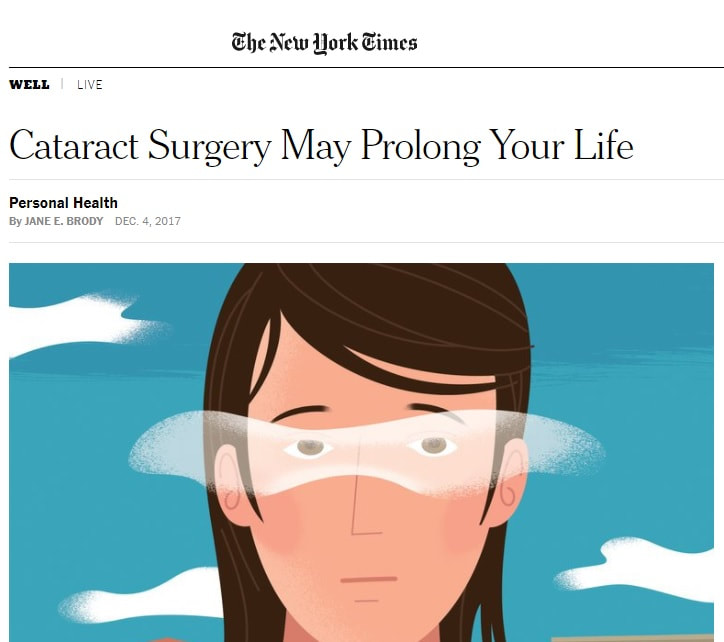
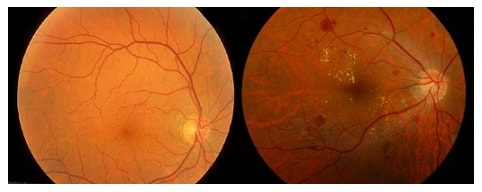
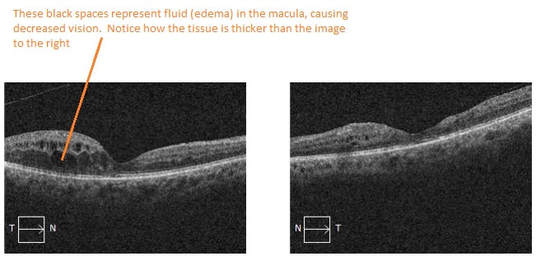
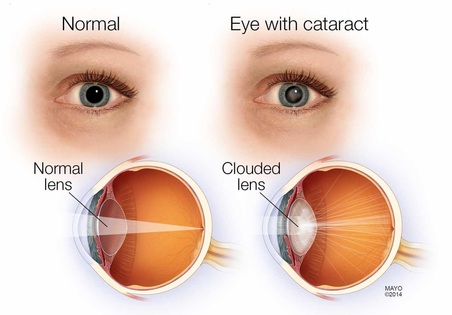
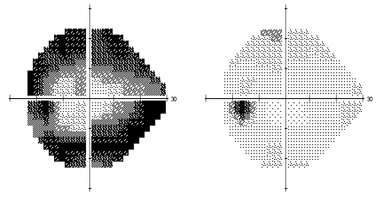
 RSS Feed
RSS Feed